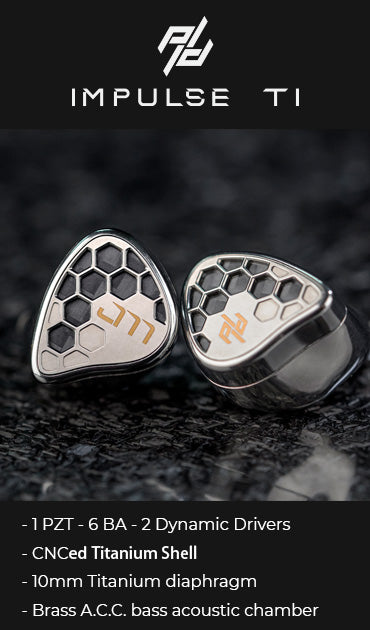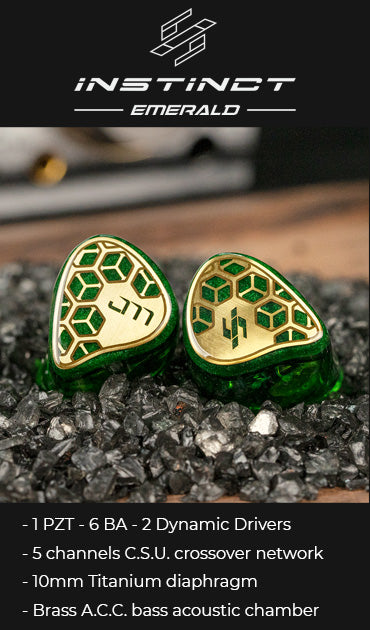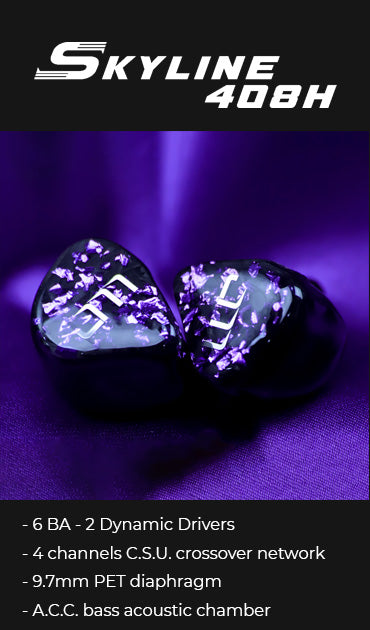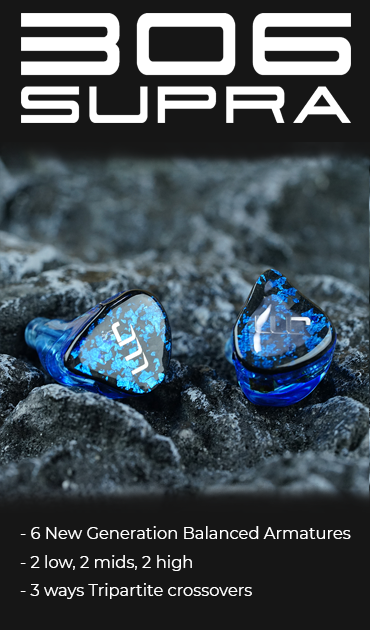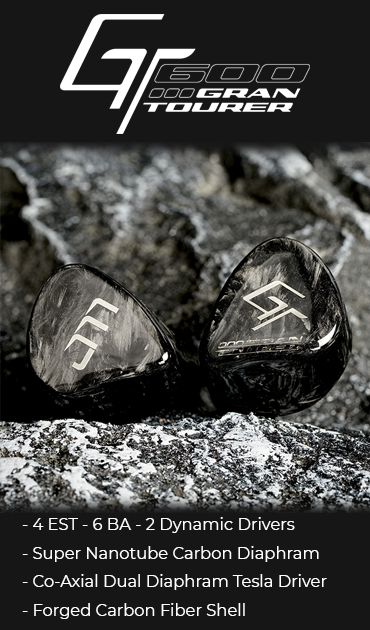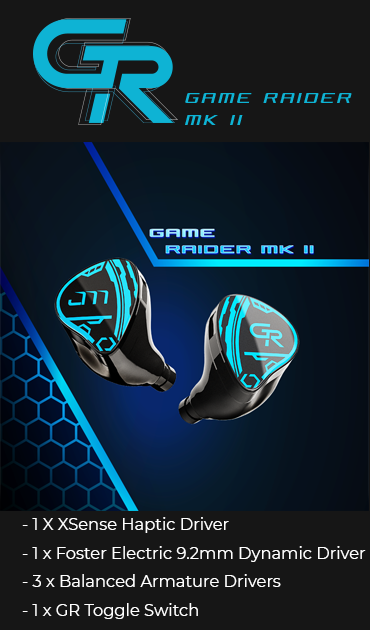In the ever-evolving landscape of audio technology, hybrid in-ear monitors (IEMs) have emerged as a testament to innovation and sonic excellence. By combining traditional speaker driver technologies with cutting-edge bone conduction drivers, hybrid IEMs offer a unique listening experience that transcends conventional boundaries. In this article, we delve into what makes the integration of bone conduction drivers in hybrid IEMs so special, along with the challenges associated with this groundbreaking technology.
The Marvel of Bone Conduction Drivers:
Bone conduction technology works by transmitting sound vibrations directly through the bones of the skull to the inner ear, bypassing the eardrum. This innovative approach allows users to perceive audio without obstructing external noise, making it ideal for situations where situational awareness is crucial, such as outdoor activities or professional use.
Enhanced Spatial Awareness and Immersion:
By incorporating bone conduction drivers into hybrid IEMs, manufacturers can create a more immersive listening experience with enhanced spatial awareness. Unlike traditional IEMs that rely solely on air conduction, hybrid models with bone conduction drivers provide a sense of depth and dimensionality, allowing listeners to perceive sounds as if they were originating from their environment rather than from within their ears.
Augmented Bass Response and Vibrational Feedback:
Bone conduction drivers excel in reproducing low frequencies with a tactile vibrational feedback that is felt as much as it is heard. This adds a new dimension to the bass response of hybrid IEMs, creating a visceral listening experience that can be felt throughout the body. Whether you're enjoying your favorite music or immersing yourself in a cinematic masterpiece, the added depth and impact of the bass elevate the overall enjoyment of the audio content.
Challenges in Integration and Tuning:
Despite the numerous benefits of bone conduction technology, integrating it into hybrid IEMs poses several challenges for manufacturers. Achieving seamless integration and coherent sound reproduction between the bone conduction drivers and traditional speaker drivers requires meticulous tuning and crossover design. Additionally, optimizing the acoustic properties of the IEM shell to minimize interference and distortion while maximizing comfort and fit adds another layer of complexity to the design process.
Conclusion: Redefining the Listening Experience
Hybrid IEMs with bone conduction drivers represent a bold step forward in audio technology, offering a unique blend of immersive sound, spatial awareness, and tactile feedback. As manufacturers continue to push the boundaries of innovation, we can expect to see further advancements in hybrid IEMs, with bone conduction technology playing a pivotal role in redefining the listening experience for audiophiles and music enthusiasts around the world.


